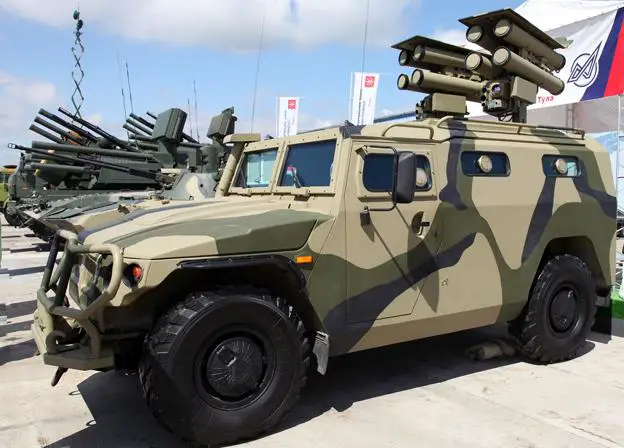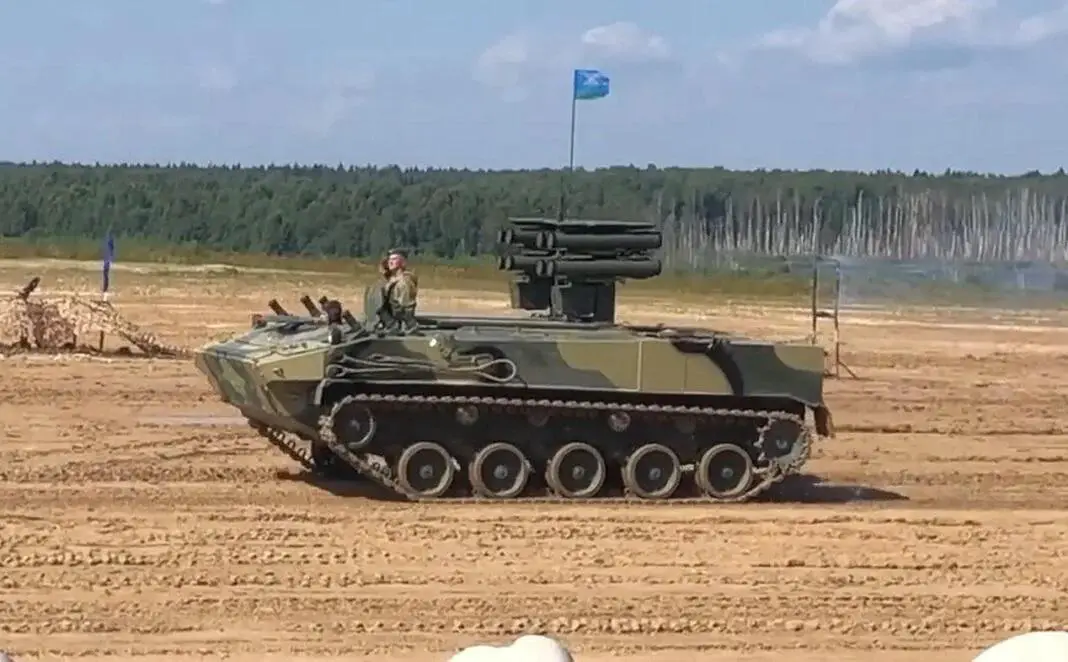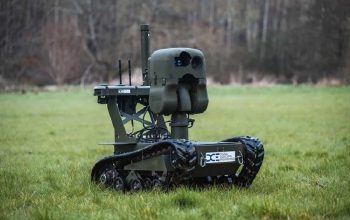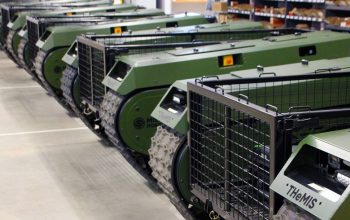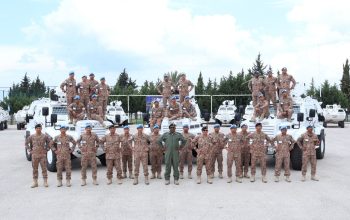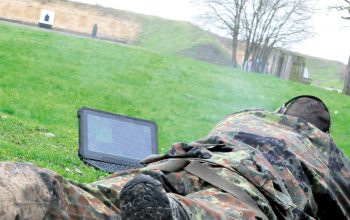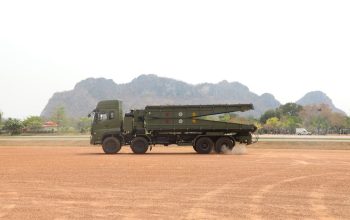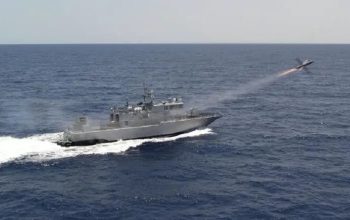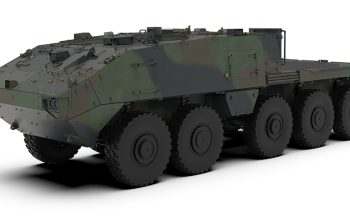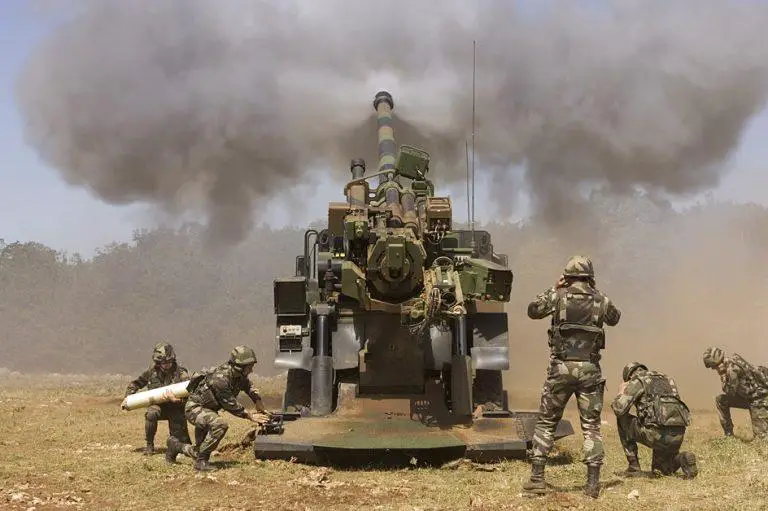The latest Kornet-D1 air-droppable self-propelled anti-tank missile system based on the chassis of the BMD-4M airborne infantry fighting vehicle intended for Russia’s Airborne Force has entered the final stage of firing tests. The High Precision Weapons Group has switched to the final stage of firing tests and the vehicle is also undergoing laboratory and road tests. The Kornet-D1 capable of striking two different targets at a time and delivering automatic fire. The trials of the new weapon developed for anti-tank units of the Airborne Force’s artillery held at several ranges of the Russian Defense Ministry.
The anti-tank missile system based on the chassis of the BMD-4M airborne assault vehicle that is landed by the parachute method will possess unique capabilities by the range and the accuracy of its fire. The vehicle will be among the first most advanced precision weapons developed for the Airborne Force’s artillery formations and will considerably enhance the firepower of airborne assault and parachute units. The Kornet anti-tank missile system engineered by the Shipunov Design Bureau of Instrument-Making (part of the High Precision Weapons Group) is designated to strike tanks and other armored targets, including vehicles outfitted with reactive armor.

The Kornet-D uses a SACLOS (semi-automatic command to line of sight) guidance. The operator locks on to a target that has been illuminated by a laser. The missile then travels along the line of sight to home in on the target. It can engage targets up to a distance of 6,015 yards (5,500m). The Kornet-D can fire either a HEAT warhead or an explosive thermobaric warhead. The HEAT warhead can penetrate up to 47 inches (1,200mm) of armor and can defeat tanks with explosive reactive armor. It can also pierce reinforced concrete structures up to 11.5 feet (3m) thick. The explosive thermobaric warhead has the explosive power of 22 pounds (10 kg) of TNT.
The Kornet-D1 is being developed for two types of carriers: the wheeled chassis of the Tigr-M armored vehicle and the tracked platform of the BMD-4M airborne infantry fighting vehicle. In January 2019, the Russian MoD announced it would begin state trials of the 9P163 Kornet-D1 anti-tank missile system, a version of the BMD-4M chassis modified to fire Kornet ATGMs. The BMD-4M is an infantry fighting vehicle developed and manufactured by the Volgograd Tractor Plant to meet the requirements of the Russian Airborne Troops (VDV). Although the Kornet-D can be used by infantry forces, the weight of the missile system predisposes it to being launched from a platform on a vehicle.
